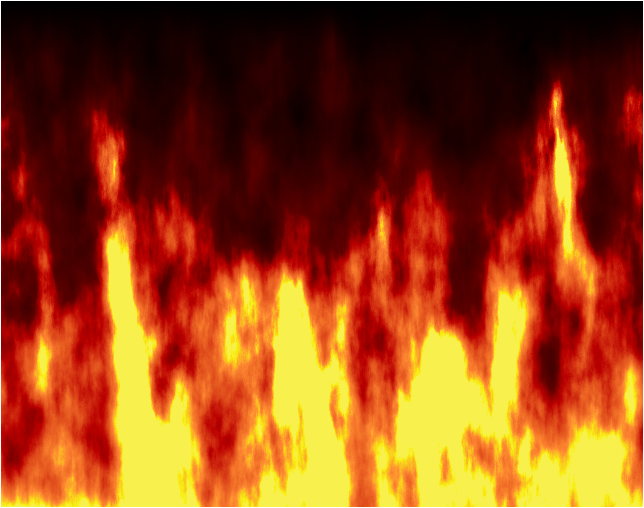I stopped reading to start my post when I hit the following quote from the Edutopia article What is Successful Technology Integration.
Willingness to embrace change is also a major requirement for successful technology integration.
Nailed it.
There’s no place for complacency when it comes to technology in schools. If there was we’d still be using mimeographs for copies, settling student disputes over who’s going to turn the filmstrip and freaking out when we make the computer write our name 1000 times on the screen. Things change and get better, mostly, and as educators it is our job to keep up with the times.
It isn’t an easy task and I can totally understand when colleagues are intimidated with integrating technology into their classrooms. For many, they’ve simply never had to do it or it hasn’t been available to them. However, I also think that whatever the excuse, it isn’t good enough. It’s our job to provide our students with the skills and tools to help them succeed as they move through and past their educational careers. In our current society, that includes technology.
The SAMR Model

When it comes to a framework for all of this, I’m a fan of the SAMR model. In my opinion, it gives credibility to all sorts of technology integration. Too often I hear educators discuss this model as a ladder that we must climb and everyone should be in the Redefinition zone of the model. I think those people are missing the point. Sure, I agree that we should be striving to create projects and experiences that take students into higher levels of technological use, but it is also quite important to know how to use word processing software and that’s simple redefinition.
This model creates a framework for thinking about how we are using technology. If we are stuck in the substitution zone then we need to ask ourselves if our tech use is really beneficial and if we are challenging our students. My one complaint about this model is that I don’t like the ladder analogy and idea of a line separating the bottom from the top. This makes many teachers see the model as another way to evaluate their practice from the outside instead of a tool to use to reflect upon their own practice. When this concept is clearly related, it becomes a much more powerful tool.
My Practice
I like to think that my classroom practice exhibits a healthy blend of levels from the SAMR model. Much like we were encouraged to take a little from each bit of this fancy chart growing up (ok, maybe that’s not the greatest comparison) there needs to be a some of each level in the classroom. My class is 99% paperless. I honestly can’t remember the last time I made copies for my class. Students regularly work within GAFE to take notes, complete assignments, share documents and peer reviews. In order to get to the Redefinition type tasks, we have to spend some time preparing for them in Substitution land.
This week I spent almost thirty minutes with my class trying out Google Hangouts on Air. We were testing it out to see if we can use it to make newscast style videos. We didn’t cover much in the way of curriculum, but the students learned a new tool and a new way to collaborate. They also saw me taking a chance and being a learner along with them. The kids were buzzing as we experimented. They asked each other questions as they tried to figure out how to use GHO and discussed the pros and cons of working within this tool. We were not only looking for a different way to use an existing technology, but shifting and blurring the lines of teacher and student.
The Fire
The difficult task falls on us, the COETAILers and the early adapters of technology. We may or may not be on the absolute cutting edge or always the ones pushing the envelope, but we are the ones who understand the importance of technology in schools. We have to make sure that those students and teachers who are intimidated by technology don’t continue to hide in the back of classrooms or just look over the shoulder of their peers. Celebrate the fact that they have created a task using Augmentation and encourage them to continue their growth. We have to continue to share what we learn, provide opportunities for others to learn along with us and provide a gentle push when its necessary.
It takes a spark to ignite a fire of technological curiosity, learning and success.
Image Sources
Dukane filmstrip MicromaticII.jpg By Mcapdevila [GFDL (http://www.gnu.org/copyleft/fdl.html) or CC BY 3.0 (http://creativecommons.org/licenses/by/3.0)%5D, via Wikimedia Commons
“BurningFlame0” by BobHelmut – Own work. Licensed under CC BY-SA 3.0 via Wikimedia Commons – https://commons.wikimedia.org/wiki/File:BurningFlame0.gif#/media/File:BurningFlame0.gif

![By Mcapdevila [GFDL (http://www.gnu.org/copyleft/fdl.html) or CC BY 3.0 (http://creativecommons.org/licenses/by/3.0)], via Wikimedia Commons](https://rharwood17.files.wordpress.com/2015/10/dukane_filmstrip_micromaticii-e1446205192220.jpg?w=620)
